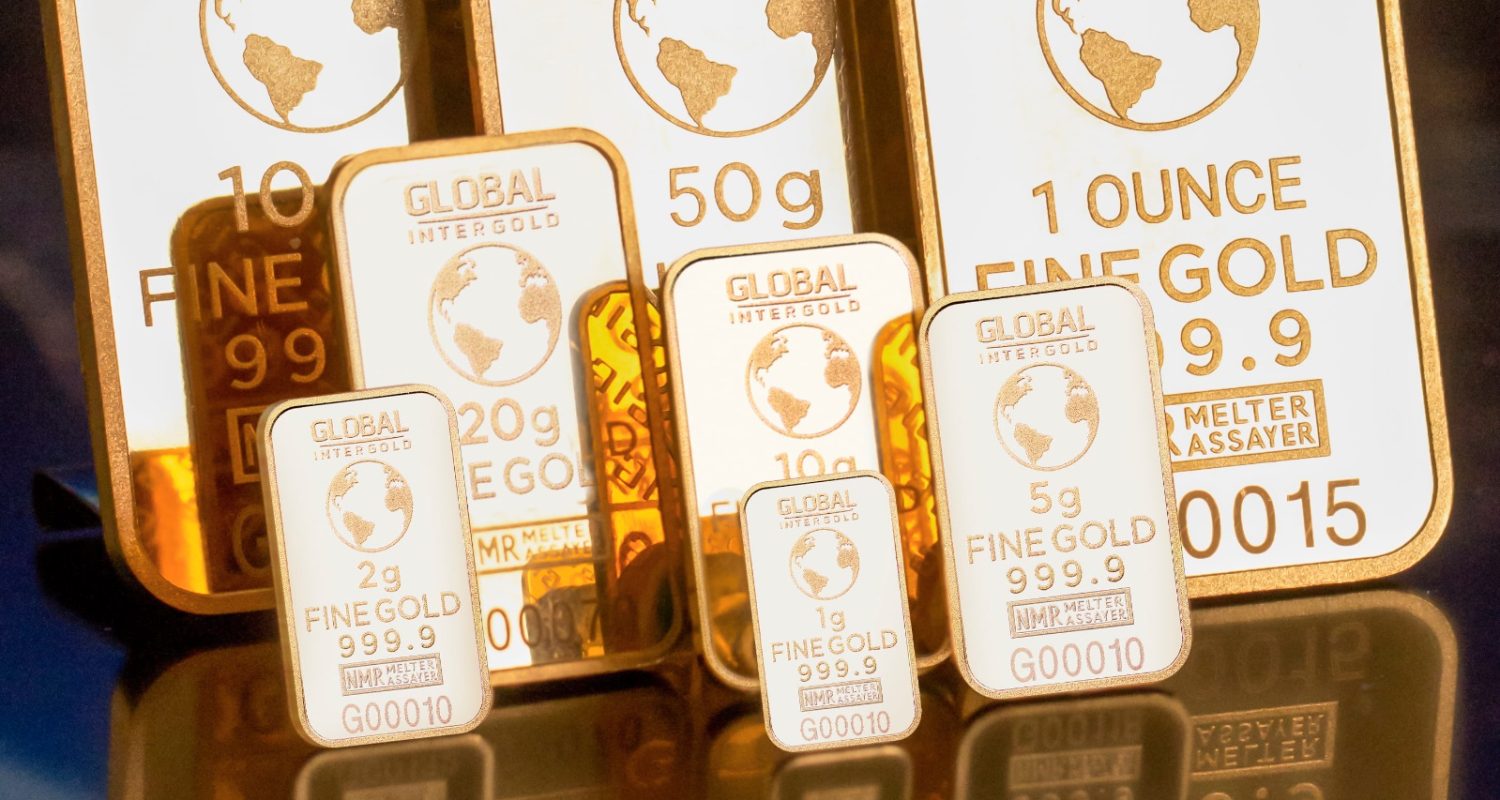
Investing in Gold for Retirement at 57
As the horizon of retirement draws near, financial fortification becomes imperative. At age 57, the window for wealth preservation narrows, yet opportunity endures. Investing in gold for retirement at 57 presents a compelling strategy, blending stability with legacy. Amid inflationary pressures and market tumult, gold emerges as a stalwart hedge. Its intrinsic value transcends monetary systems, offering a haven for discerning investors. Secure your future, shield your savings, investing in gold for retirement at 57 could be the pivotal step toward enduring financial peace.
Why Consider Investing in Gold for Retirement at 57?
At the age of 57, many investors begin to shift their focus from growth to preservation. This means looking for assets that can offer stability, act as a hedge against inflation, and hold their value even during times of economic uncertainty. Gold fits all these criteria.
Unlike stocks or bonds, gold does not rely on the performance of a company or a government’s creditworthiness. It has been considered a safe haven for centuries. During periods of market volatility, gold often holds or increases its value, offering protection when other assets might falter.
The Historical Power of Gold
Gold has played a central role in economies around the world for thousands of years. It has served as a currency, a store of value, and a symbol of wealth across civilizations. Its appeal lies in its scarcity, physical beauty, and resistance to corrosion and decay.
Today, gold continues to play a critical role in the global financial system. Central banks hold gold reserves. Investors turn to it when inflation rises or markets become unpredictable. This ongoing trust is a key reason why investing in gold for retirement at 57 makes practical sense.
The Role of Gold in a Diversified Portfolio
Diversification is a key principle of smart investing. It simply means spreading your money across different asset types to reduce overall risk. At 57, a diversified portfolio becomes more important than ever, as you’ll soon rely on your investments to fund your lifestyle.
Gold tends to behave differently than stocks or bonds. For example, during times of economic downturn or inflation, gold prices often rise while stocks may fall. By adding gold investment to your portfolio, you can create a cushion against such risks.
Most financial experts recommend allocating 5% to 15% of your investment portfolio to gold. This amount is enough to benefit from gold’s protective qualities without overexposing your savings to any single asset class.
Key Options for Investing in Gold for Retirement at 57
When it comes to investing in gold for retirement at 57, there are several approaches to consider:
1. Physical Gold
This includes gold bars, coins, and bullion. Owning physical gold gives you direct control over your investment. However, it also requires safe and secure storage. You may need to rent a safety deposit box or use a professional vault service.
2. Gold Exchange-Traded Funds (ETFs)
Gold ETFs are a convenient way to invest in gold without holding it physically. These funds track the price of gold and are traded on major stock exchanges. They offer liquidity and ease of access, making them ideal for investors who prefer simplicity.
3. Gold IRAs
A Gold Individual Retirement Account (IRA) allows you to invest in physical gold within your retirement account. This option combines the tax advantages of an IRA with the stability of gold. However, it also comes with additional fees and IRS regulations that must be followed.
4. Gold Mining Stocks or Mutual Funds
Another option is to invest in companies that mine gold. This can provide leverage if gold prices rise, but it also introduces company-specific risks that gold itself does not carry.
Managing Storage and Security
If you decide to hold physical gold, it’s important to plan for secure storage. Keeping it at home might seem simple, but it can expose you to theft or damage. Professional depositories offer insured storage in secure facilities, protecting your investment from loss.
Also consider the liquidity of your investment. While gold is highly valuable, selling physical gold can take more time compared to liquidating ETFs or stocks. Be sure to have a mix of assets that give you flexibility if you need to access funds quickly.
Understanding the Tax Implications
Taxes are another critical aspect of retirement planning. Selling gold can result in capital gains taxes, depending on how long you’ve held it. Long-term gains, which apply if you hold the asset for more than one year, are typically taxed at a lower rate than short-term gains.
When investing in gold for retirement at 57, timing matters. If you can plan your gold sales around favorable tax situations, such as after retiring or in a lower-income year, you may reduce your tax burden significantly.
Gold IRAs also offer some tax benefits, similar to traditional or Roth IRAs. However, be aware that withdrawing physical gold from an IRA may count as a taxable distribution, unless you follow specific IRS rules.
Is Gold the Right Choice for You?
No single investment is perfect for everyone. But if you’re 57 and approaching retirement, the benefits of gold are worth serious consideration:
- Stability during economic uncertainty
- Protection against inflation
- Diversification of your portfolio
- Potential tax advantages through strategic planning
Of course, it’s always wise to consult with a financial advisor before making major investment decisions. Your risk tolerance, financial goals, and overall retirement plan should guide how you incorporate gold into your portfolio.
The journey toward retirement requires careful financial choices. At 57, your investment strategy should focus on preserving wealth while still allowing for growth. Gold offers a unique combination of history, value, and stability that makes it an attractive part of any retirement strategy.
Investing in gold for retirement at 57 is not about chasing returns, it’s about safeguarding what you’ve earned and building a resilient foundation for the years ahead. Whether through physical gold, ETFs, or a Gold IRA, including gold in your retirement planning can bring both peace of mind and long-term security.











Leave a Comment